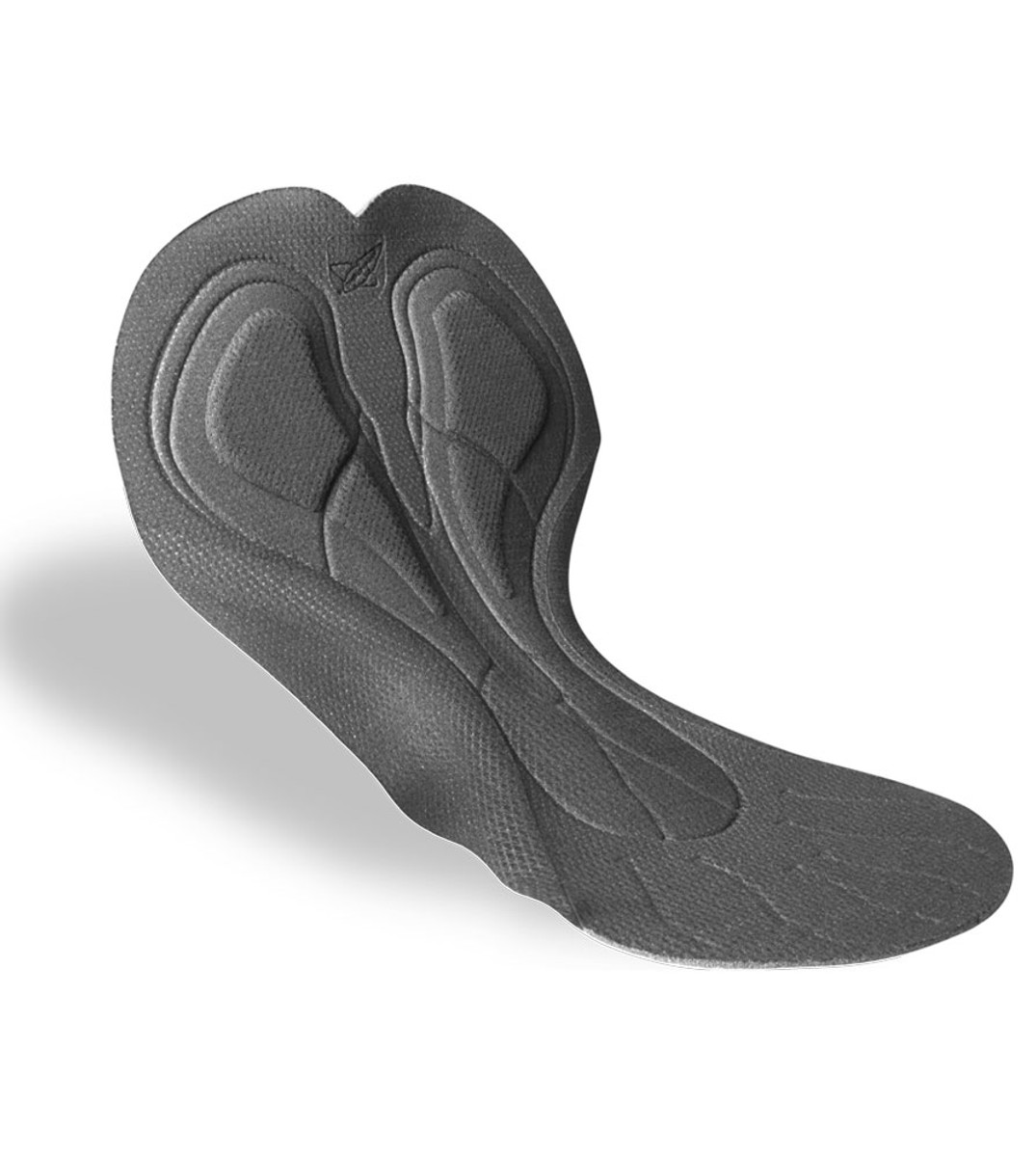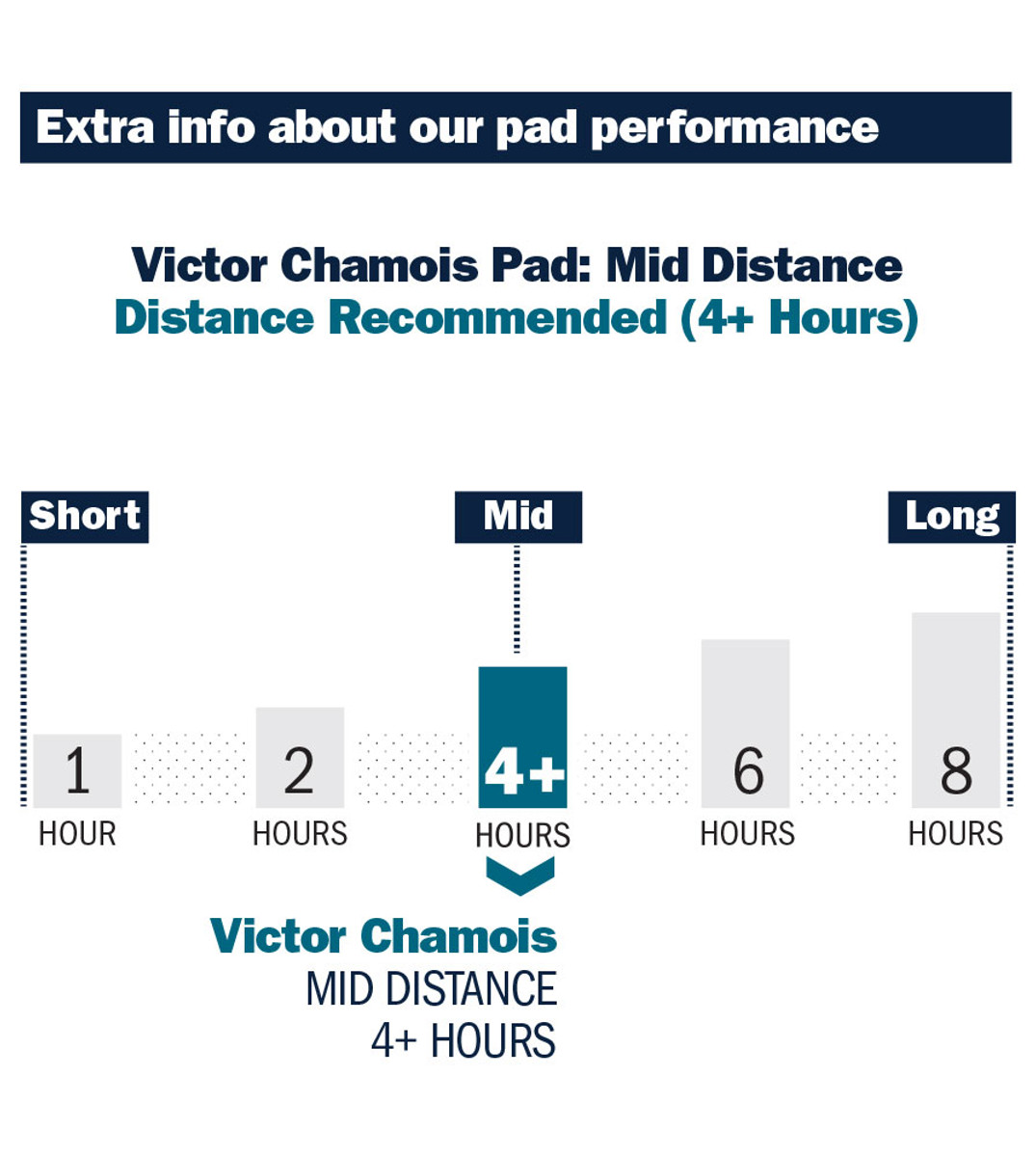Description
- HL-EL135 front light: 3 LEDs with OptiCube lens, steady or flashing modes, up to 320 hours flashing or 80 hours constant, runs on 2 × AA, FlexTight mounting bracket
- TL-LD130 rear light: triple-LED with 3 flashing modes, up to 150 hours runtime, runs on 2 × AAA, clothing clip and FlexTight mounting bracket
Features



Size Chart
You can use this widget to input arbitrary HTML code into the page. Invalid HTML code may cause issues with the preview pane.

Chamois Detail
Fabrics
Guarantee
We take pride in the quality of our products and stand behind their craftsmanship. Every item is backed by a one-year comprehensive guarantee against manufacturing defects. If an issue arises, we will repair or replace the product to ensure your complete satisfaction.
Warranty Information










